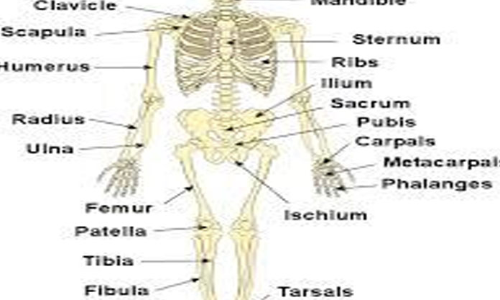Live
- Seoul hit by heaviest snowfall in over 100 years causing injuries, traffic chaos
- Cost of green hydrogen to decline due to steep fall in electrolyser prices: Report
- BJP hails Eknath Shinde’s support to accept PM Modi’s decision on Maha CM
- Kolkata needs regional airshed to address AQI deteriorations during winter: Study
- IIM Bangalore concludes International Symposium
- Cozy recipes for winter comfort
- Dhanush Sues Nayanthara Over Unauthorised Use of Film Clips in Netflix Documentary
- Silver Prices Hit One-Month Low in Hyderabad, Dropping to Rs 97,900 per Kg Since October
- Honoring mars and its mysteries
- Opposition leaders create ruckus in Bihar Assembly over Waqf Bill









